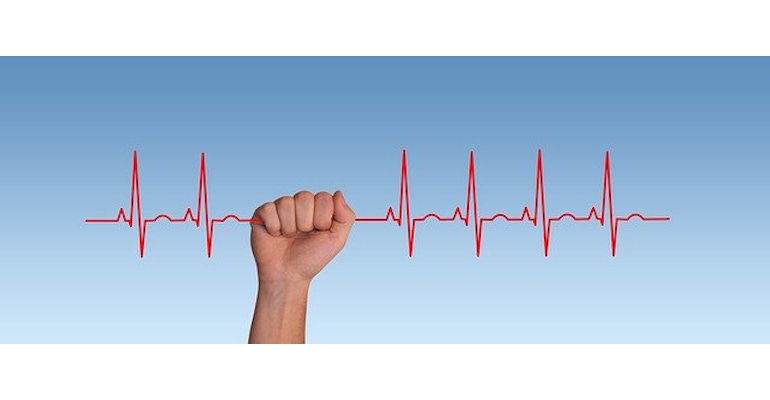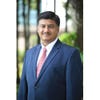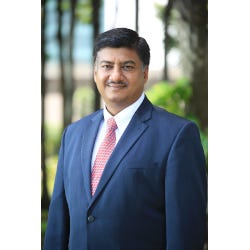Convergence in the World of Devices and the Consumer Takes It All
Consumer and specialist medical devices are both becoming increasingly intelligent, individualized, and interconnected, raising the standard for users.

Long before the coronavirus pandemic shone the spotlight on digital experiences, the world of devices—from highly sophisticated specialist devices to ubiquitous consumer productivity devices—had started to converge to deliver very human experiences. Almost inevitable, this is part of a universal trend of transformation of consumer experiences, from shopping to education and banking to entertainment, at the hands of smart, connected, and data-driven devices. Used to personalized, empowering experiences delivered on digital consumer gadgets in almost every sphere of life, consumers have now expanded their expectations to specialist areas like healthcare and are looking for personal interactions, customized services, and real-time updates. In short, today’s consumers want services from their devices—whether specialist or consumer—to be perfectly tailored to their lifestyle and to put them in greater control of their own experiences.
As consumer technology tries to respond to these demands, it has evolved from producing productivity tools to wellness gadgets, and now, to fairly capable medical and diagnostic devices as well. For example, apart from being able to track heart rate, breathing pattern, sleep activity, and even a fall, the Apple smartwatch has been cleared by FDA to conduct an electrocardiogram. One market research study predicts that the global wearable healthcare devices market will grow from US$ 18.4 billion in 2020 to US$ 46.6 billion in five years’ time. And while other estimates may differ on the size of the market, they all agree on its strong growth prospects.
But it’s not only consumer devices that are evolving. Specialist devices—like medical devices—are also bridging the gap by becoming more consumer-friendly. Take the example of (FDA approval pending) MedWand, a device packing 10 medical-grade diagnostic tools and a camera that records a patient’s heart, lung, and abdomen sounds; measures blood oxygen; inspects skin; and examines the ears, nose, throat and mouth. The gadget looks like a somewhat larger computer mouse that can be easily held by the patient in one hand and connects to a computer or tablet just like any smartphone. The patient’s doctor can conduct a live examination remotely or review the recorded results later. Another example is the HiMirror Slide, an 8-inch smart mirror with a digital camera that not only provides advice on handling dermatological problems, such as wrinkles, spots, and dark circles, but also employs augmented-reality technology to demonstrate how the patient’s skin might look when a certain skincare product is applied. This is an all-out consumer medical device that shows YouTube make-up tutorials on a panel that slides out, and being Alexa-enabled, follows voice commands.
As both types of devices—specialist and consumer—become increasingly intelligent, individualized, and interconnected via Bluetooth, Internet, Cloud, etc., they will contribute invaluable data to a growing ecosystem of service providers, consumers, technology companies, and regulators that will collaborate to raise the standard of many services. This trend points to the increasingly popular platform approach that device engineering and management is veering towards in response to consumerization of this space.
This consumerization, connectivity, and personalization of devices across the spectrum will demand new skillsets and new disciplines of human factors engineering, formative and summative usability testing, and designing specialized subsystems with programmable interfaces. Skills that will make service providers take a lead in this transformation.
This will also pit the manufacturers of specialist devices directly against consumer device companies. As they compete for the same customers, companies will match their deep understanding of consumer needs against the expert and regulatory compliance knowhow of their rivals. Over time, these distinctions will blur as consumer device companies will improve the safety, efficacy, and accuracy of their products. Specialist device manufacturers will create products that are simple to use, satisfy emotional needs, and delight users with their design. Both types of companies will win, but the biggest winner will be the consumer.
About the Author(s)
You May Also Like



.png?width=300&auto=webp&quality=80&disable=upscale)
